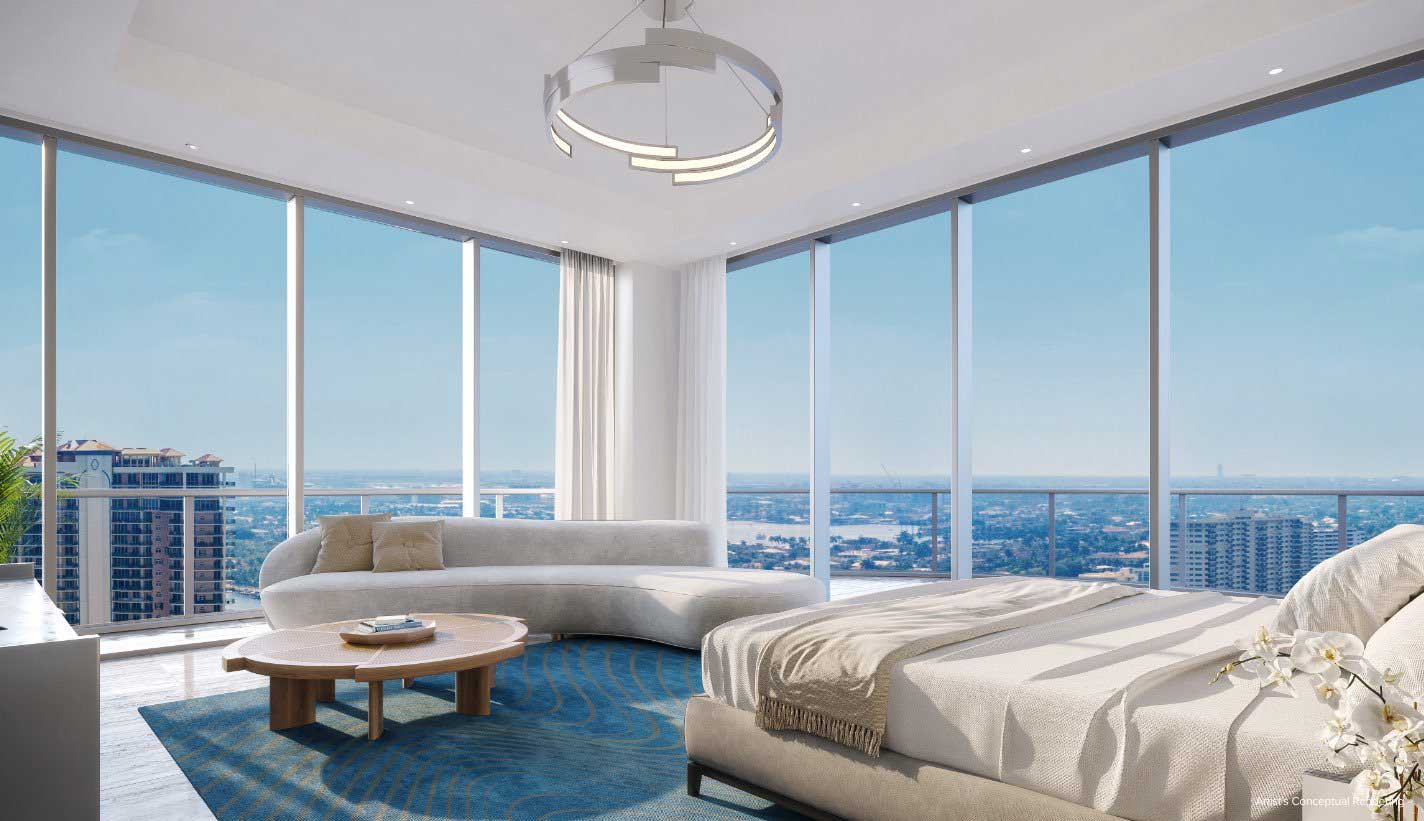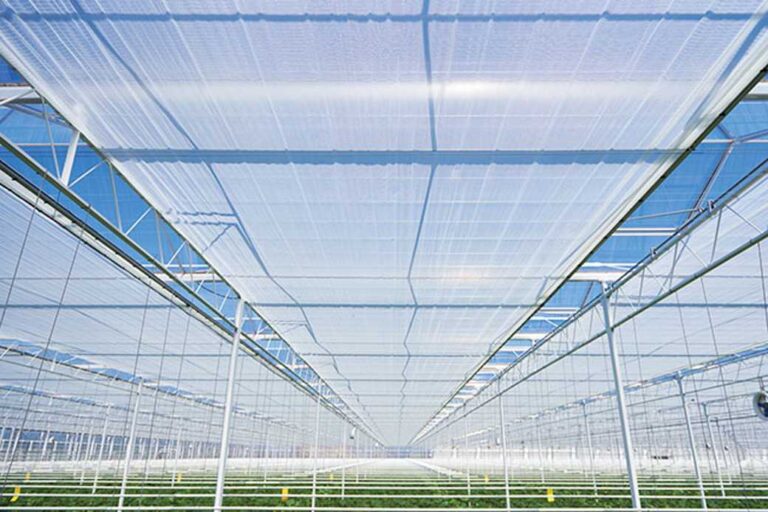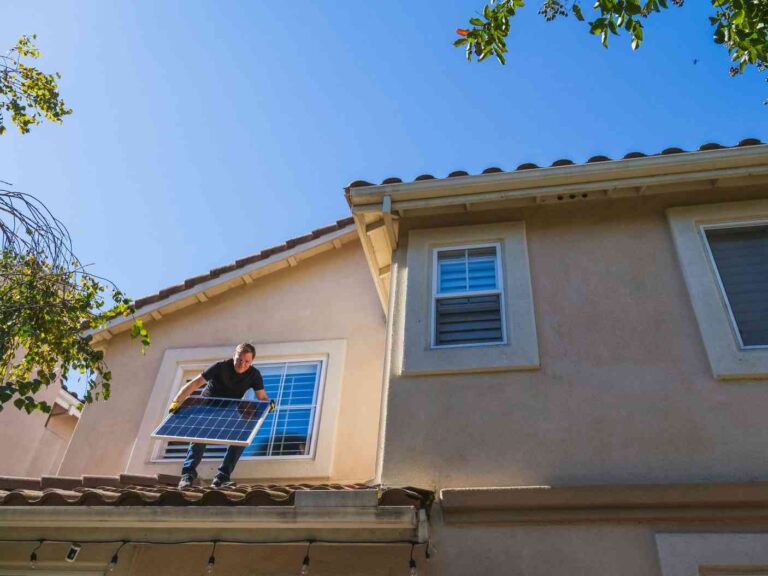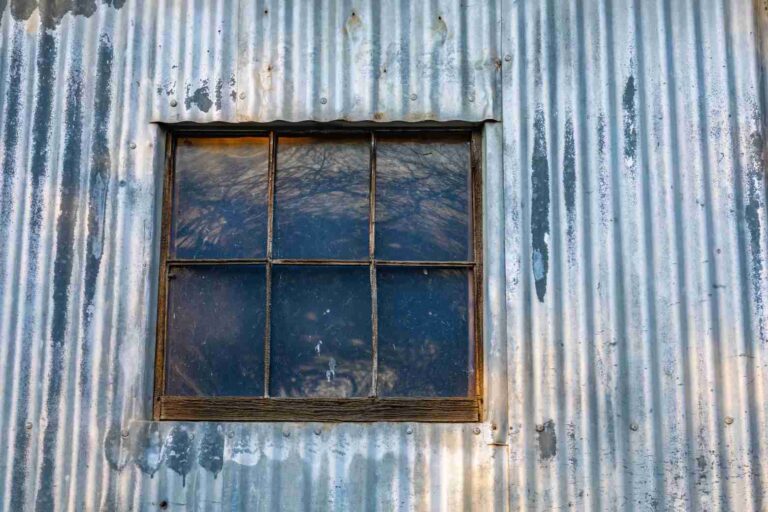The Power Of A Clear View: How Modern Films Redefine Florida Living

Florida’s harsh sunlight: why clear views need protection
Florida’s light has a unique intensity. It paints everything in gold but also slowly bleaches what it touches. Homes blessed with large windows are particularly vulnerable—what starts as an inviting wash of sun becomes, over time, a cause of faded upholstery, cracked finishes, and unbearable glare.
Closing off those views with heavy drapes or thick blinds feels like a betrayal of the very reason people fall in love with Florida homes in the first place.
Fortunately, modern solutions now exist that strike a balance between openness and protection. Advanced window films work quietly to reduce glare and shield interiors from overexposure, all while letting the light in.
Also Read: Building a 16×30 Metal Shed: Understanding the Different Steel Components in Your Kit
Lifetime guarantees: what they really mean for Florida homeowners
In Florida, elements don’t just visit—they linger. The humid air, sharp salt spray, and seasonal storms test every material’s strength over time. That’s why a promise of lifetime durability stone surface protection film is more than a selling point; it’s a practical assurance.
When a product bears the weight of a lifetime guarantee, it has likely proven itself under harsh conditions. This is especially relevant for window films exposed daily to solar heat, UV radiation, and varying moisture levels. These guarantees reflect both the resilience of the material and the credibility of the professionals who install it.
For homeowners, this translates into lasting peace of mind. It’s not about never needing change—it’s about knowing the change you’ve made won’t quickly unravel.
In a place where windows face such extremes, this kind of commitment matters. It becomes part of the home’s foundation, quietly doing its work year after year.
From cinematic clarity to real-life views: how films enhance Florida living
Films—both cinematic and functional—share a fascination with light. The way it bends through space, the way it defines a mood. Florida has always drawn filmmakers for this reason: it offers unmatched natural lighting that doesn’t need stage equipment to feel vibrant.
But behind the scenes, in film and in architecture, control matters. Just as directors rely on lens filters to shape scenes, homeowners now rely on modern window films to shape their everyday environments.
The hidden science of window films: more than just shade
There’s a surprising depth to the technology behind window films. While they appear as thin, transparent sheets, they perform a variety of complex tasks. These layers are carefully constructed to interact with light, temperature, and pressure, responding to the environment in real time.
The films typically contain components designed to reduce ultraviolet exposure, manage thermal input, and in some cases, reinforce glass. This makes them especially relevant in Florida homes, where heat and weather shifts happen frequently. Protection here is not just about comfort—it’s about preparation.
Unlike traditional methods like curtains or blinds, these films work invisibly and continuously. They don’t block your view, and they don’t collect dust or require constant adjustment. Instead, they form a passive yet active barrier—allowing a seamless lifestyle flow while keeping environmental impacts in check.
Florida’s architecture meets modern innovation: aesthetic vs. practicality
Florida’s homes are deeply influenced by their surroundings. Coastal winds, wide skies, and tropical greens have inspired open designs, large glass panels, and sleek, modern silhouettes. These features are visually stunning—but they also come with functional demands.
Designers and homeowners alike often wrestle with the contradiction: how to keep spaces open and light-filled without compromising on protection. Window films are one of the few solutions that don’t require a tradeoff. They maintain a minimalist look while performing a vital role.
Curtains, shades, and shutters may block sunlight, but they also block the aesthetic. Films allow you to keep architectural intention intact. Whether it’s a clean-lined modern loft or a Mediterranean revival home with arched windows, films can be tailored to suit the structure’s rhythm and tone.
They also pair well with complementary surface treatments.
Also Read: 5 Types of Tiny Homes: Which One is Right for You?
Installation uncovered: what Florida residents should know before applying films
For all their benefits, window films aren’t a “peel and stick” weekend project. The process involves more than simply applying a sheet to glass. Variables like humidity, temperature, and surface condition affect adhesion and clarity.
Florida’s climate demands a professional touch. The right preparation ensures that the film bonds correctly and performs as intended, even as seasons shift. Improper installation can lead to bubbles, edge lift, or clouding—problems that not only reduce the film’s function but also its appearance.
Trusted professionals understand the nuances of the local climate and the specific types of glass common in regional homes. That’s where working with specialists Window Cleaning Pros becomes valuable. They offer more than just clean glass—they provide insight into how films can be integrated seamlessly and effectively into a space.
Homeowners considering film installation should also explore any applicable building codes or HOA guidelines. In some areas, reflectivity or tint levels are regulated. A knowledgeable installer ensures compliance while preserving the integrity of the design.
Window films in Florida are about more than blocking light. They’re about protecting what matters—without sacrificing what makes Florida living so unique.
They allow openness without exposure and clarity without compromise. As materials and design continue to evolve, these films remain a quiet innovation at the heart of a well-lived, well-lit home.





